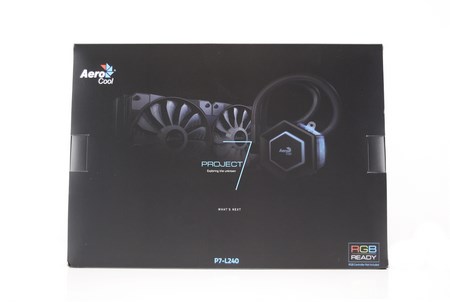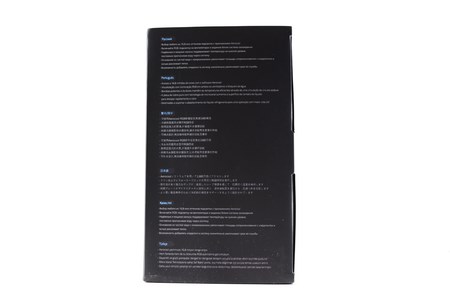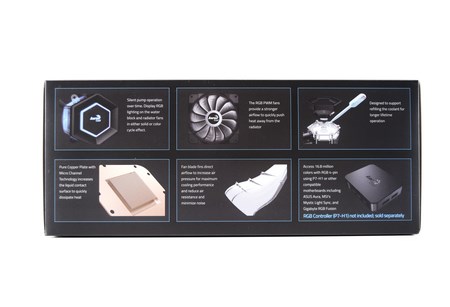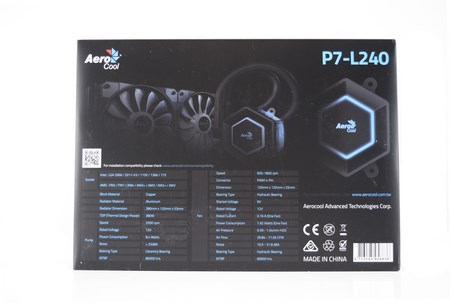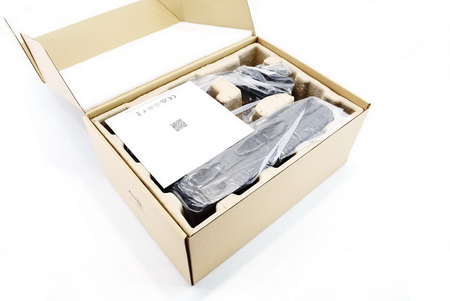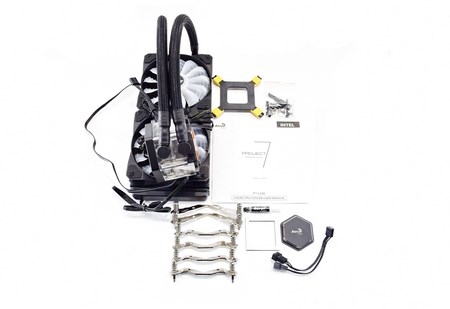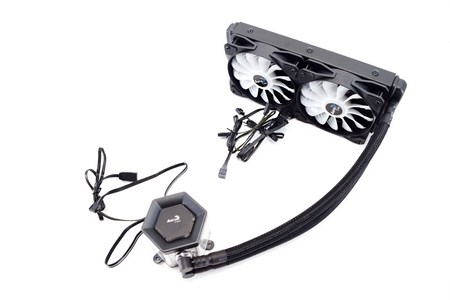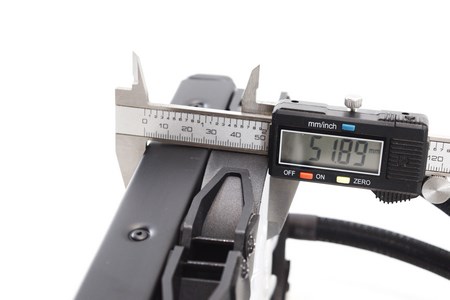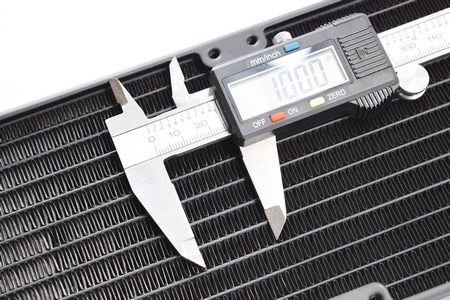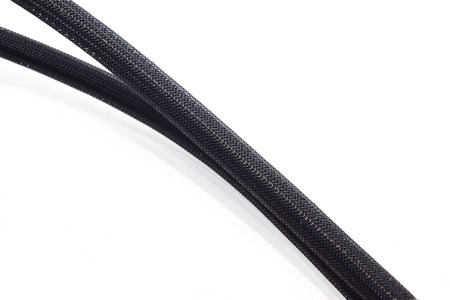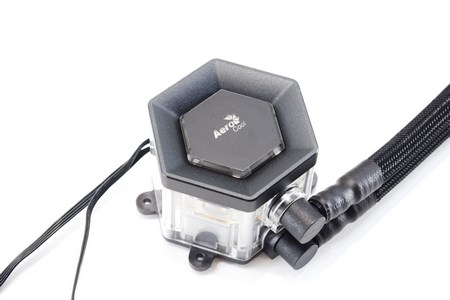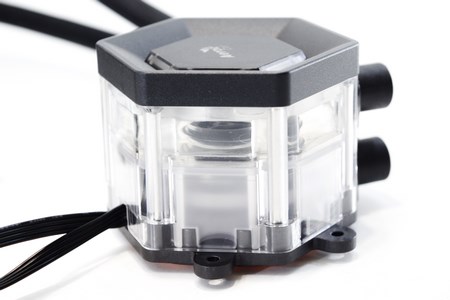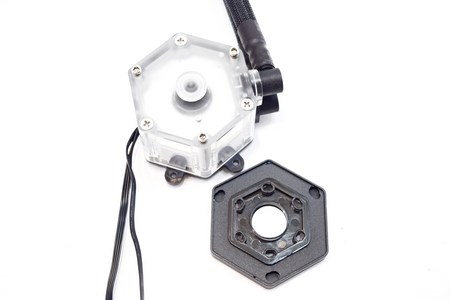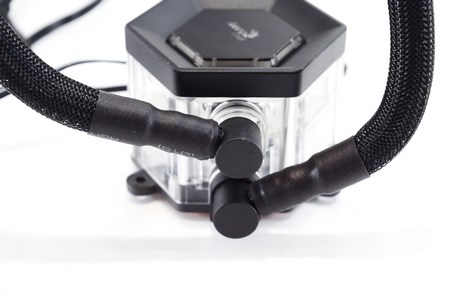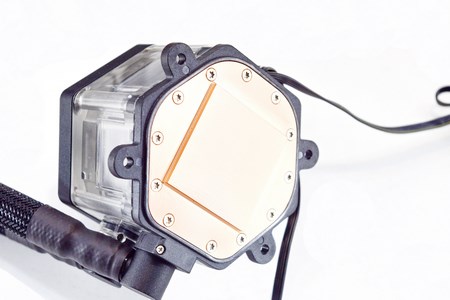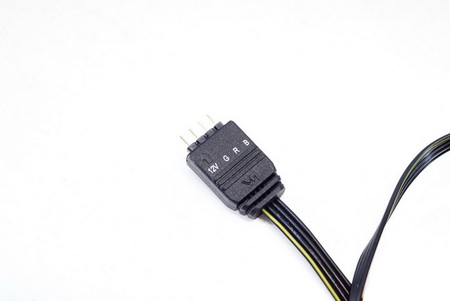INTRODUCTION
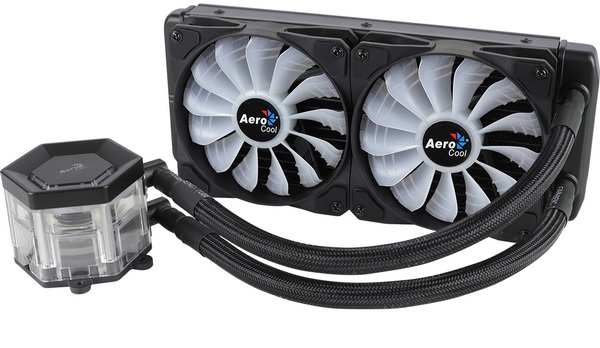
RGB hardware and peripherals are enjoying high sales numbers lately and although there are quite a few CPU Air Coolers in the market that feature RGB illumination there's no denying that AIO (all-in-one) Liquid CPU Coolers not only look better but they also offer more in terms of cooling efficiency. Now as expected 360mm AIO models are usually the weapon of choice for enthusiasts and overclockers due to their higher performance compared to smaller ones but from time to time there have been quite a few 240/280mm models that have surprised all of us with their results. Aerocool seems eager to have one such product in the market and what better way than to launch it under their latest Project 7 line aimed towards gamers and enthusiasts? We are of course talking about the brand new P7-L240 RGB Liquid CPU Cooler which has been here for almost 2 weeks now.
Aerocool is a Taipei-based, global computer components company with an outstanding record in product design and innovation. Driven by the mantra ‘Be Cool, Be Aerocool’ we strive to provide innovation in design yet deliver an affordable solution to PC users worldwide. Our most recent success in innovation is our groundbreaking open frame design – the Dream Box – awarded ‘Best Design’ at Computex 2016. For more information on Aerocool, please visit www.aerocool.com.tw.
First of all we need to point out that unlike the majority of AIO Liquid CPU Coolers in the market today we were somewhat surprised to see that the brand new P7-L240 Liquid CPU Cooler is not manufactured by Asetek. Unfortunately we don't know who is behind it (although the reservoir design does slightly remind us of Alphacool and/or DeepCool) but it's not that different compared to what we've seen in the past so once again the closed loop is made out of a dual-fan low FPI radiator (280mm long), two sleeved tubings (300mm long), RGB pump/waterblock (the pump features a top refillable water chamber while the waterblock is made out of pure copper) combo and two high-speed hydraulic bearing PWM 120mm RGB fans (both fans feature removable blades for easier cleaning). The high performance ceramic bearing pump can reach speeds of up to 2500RPM whereas the two high-speed 120mm PWM fans can spin up to 1800RPM to produce airflow levels of up to 71.65CFM and up to 1.34mmH2O air pressure with up to 31.8dBA of noise. The above combo gives the P7-L240 AIO Liquid CPU Cooler by Aerocool a rather impressive TDP (thermal design power) of no less than 380W.
SPECIFICATIONS AND FEATURES

PACKAGING AND CONTENTS
A partial product picture is placed at the front of the large box.
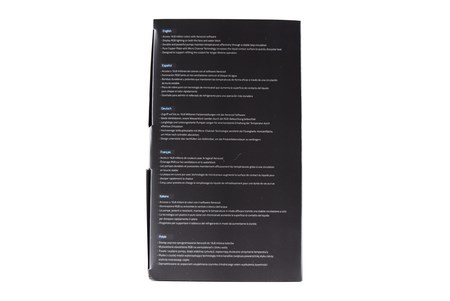 The main product features are printed on both sides of the box in 12 languages.
The main product features are printed on both sides of the box in 12 languages.
Taking a look at the base of the box we see 6 pictures showcasing the 6 main product features.
Two more product pictures are placed at the rear of the box just over the specifications table.
As always the entire bundle is placed inside a thick piece of cardboard which provides adequate protection.
Along with the P7-L240 (complete closed loop with fans) inside the box Aerocool has also placed an extra reservoir cover, thermal paste tube, fan y-splitter, backplate, precision liquid dropper (made out of clear plastic so not very visible in this picture), user manual and all the necessary bits and pieces to mount the unit onto Intel LGA775/1150/1151/1155/1156/1366/2011/2011-3/2066 and AMD AM2/AM2+/AM3/AM3+/AM4/FM1/FM2/FM2+ compatible mainboards.
THE P7-L240
Leaving out the somewhat large pump/waterblock unit the rest of the unit seems very familiar.
With both fans installed the 280mm long and 120mm wide radiator is roughly 53mm thick (including the anti-vibration fan pads not included in this measurement).
Aerocool clearly states that the P7-L240 features a low-FPI (fins per inch) radiator and with a fin count of 19 they are correct.
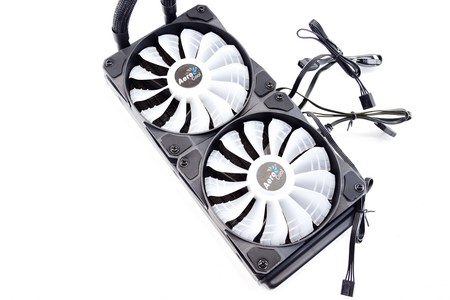
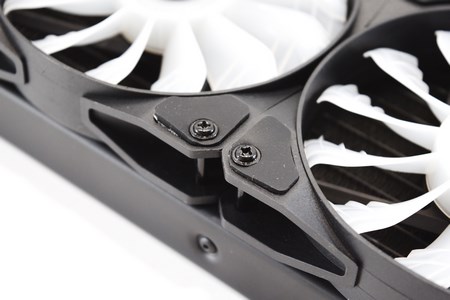
The two high-speed PWM 120mm RGB fans used (1800RPM/71.65CFM/1.34mmH2O/31.8dBA) feature fins on their blades (increase air pressure by directing airflow) and anti-vibration rubber pads on all 4 corners.
Moving onto the sleeved tubings they are roughly 300mm long and very flexible.
The 61.5mm tall pump/waterblock combo (95mm long and 80.5mm wide) has a plastic cover at the top with the Aerocool name on it.
Typically for such a combo the entire unit is clear (the chamber is also sound-proof according to Aerocool) to allow not only for better RGB illumination but also for the end user to monitor the state of the liquid inside the loop.
Normally closed loop models need no servicing but Aerocool has made it possible for people to add more liquid from the top as time goes by to avoid possible performance drops.
Both tubings can rotate from the base as seen above making things a lot easier when mounting the cooler.
The pure copper base of the P7-L270 features a total of 131 internal micro channels and 132 fins.
Unfortunately in order to use/enjoy the RGB feature of the P7-L240 you will need either a mainboard with a 4-pin RGB header or Aerocool's very own P7-Hub (P7-H1).
TEST BED
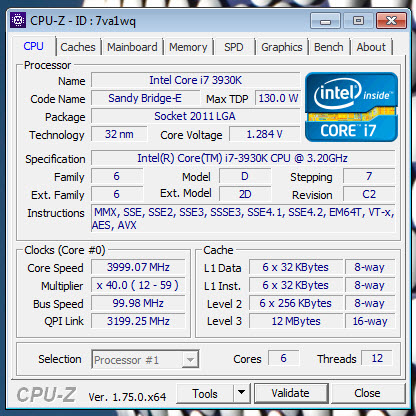

TESTING METHODOLOGY
Testing complete water cooling kits or individual radiators is no different than testing CPU Coolers and since we want all of you to be able to compare similar products we created new and separate charts (you can still cross-compare results however since we are using the same test rig). So once again single (120/140mm) watercooling solutions are tested with the radiator mounted at the rear of our test rig while dual/triple/quad (240/260/280/360/420/480/560mm) solutions with the radiator mounted at the top. For the dBA tests complete water cooling kits or radiators with bundled fans are measured both while on idle mode or with the fan controller in the minimum setting and while on extreme load or with the fan controller all the way to the highest possible setting (PWM fans do that on their own without our intervention). Every single test takes place in a temperature controlled room of 23 degrees Celsius Ambient Temp with the help of two AC units placed diagonally inside the room. When testing complete water cooling kits we use the Arctic Silver 5 thermal paste. Finally much like when testing CPU Coolers it's very important to point out that just because a water cooling kit outperforms another when tested with our test rig (when we test complete water cooling kits) that does not necessarily mean that the same performance differences will apply 100% for other CPU models and in other situations (such as different ambient temps and system configurations).
To successfully record the load temperatures we use the latest OCCT application for around 6-10 minutes to push the processor to its limits and after that is done and the temperatures are recorded we wait for about 10-20 minutes for the CPU to cool down and record the idle temperatures. This is done to allow time for the thermal conductive material to achieve the optimal performance level. Same procedure is then repeated with the Passmark BurnIn Test as a failsafe just in case the OCCT results are wrong. This procedure takes a lot more time than the usual peltier/thermometer tests but this way not only can we deliver real world results to our readers based on real CPUs but we can also triple check the results using a variety of programs. Last but not least the temperatures were recorded using both the latest versions of AIDA64 and RealTemp while the noise level tests (when fans exist in the bundle) are performed using a high precision ExTech HD600 Decibel Meter placed about 10-15cm above the radiator. Still although the same testing procedure applies to all units do take into consideration that unlike the official numbers which are measured in special noise isolated labs with just the fans here we also have both the rest of the cooler and the rest of the system (although all system fans are turned off when recording noise levels).
TEST RESULTS


CONCLUSION
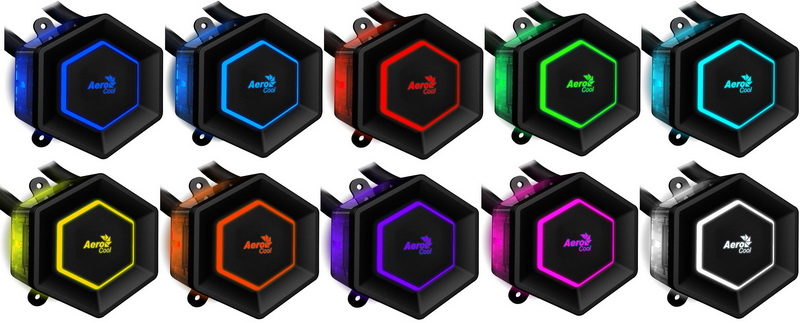
We may not have a definite origin for the brand new Project 7 P7-L240 Liquid CPU Cooler by Aerocool but we have to admit that it does extremely well in terms of cooling efficiency since it didn’t fall that far from even the tri-fan Mercury 360 by Antec. Unfortunately as always high-performance comes at a cost and so the P7-L240 surpassed 50dBA at load (52.6dBA to be precise) and although we used to come across such numbers quite often in the past today it seems that more and more manufacturers place low-noise higher on their lists. Of course for most consumers out there like gamers, overclockers, enthusiasts and professionals noise-levels probably don’t mean much but for people who want to own a completely silent system this may be quite crucial. Moving onto the RGB feature we simply can’t understand Aerocool’s decision. We do realize the need to promote their P7-Hub (which is needed by all of the RGB peripherals) but it would make much more sense if it was included in the package for a small extra bump in price (perhaps have 2 different bundles in the market for people who already own a P7-Hub or a compatible mainboard and people who don’t?). True with a price tag of around USD15/20Euros the P7-Hub is not expensive but that price adds onto the price of the P7-L240 and for people looking for an RGB AIO model that just might be too much. Finally the ability to add more liquid with ease as time goes by is not a bad idea but the question is just how much such a feature is really needed in an AIO liquid CPU cooler.
The Project 7 P7-L240 Liquid CPU Cooler by Aerocool is not as widely available as we’d like yet but you can still find it for around USD129 inside the USA and for 113Euros inside the EU (Amazon.co.uk) a price tag which places it right in the middle of similar RGB models. Long story short if you don’t care much about noise levels and you have a RGB compatible mainboard (or the P7-Hub) then the P7-L240 produces very good performance numbers to ignore (for a dual-fan model) which is why it also gets our Golden Award.

PROS
- Excellent Build Quality
- Very Good Cooling Efficiency
- Sleeved Tubings
- Pump Refill Port
- RGB Pump/Fan Illumination
- Easy Installation
CONS
- Noise Levels
- RGB Illumination Requirements
- Current Availability

 O-Sense
O-Sense





